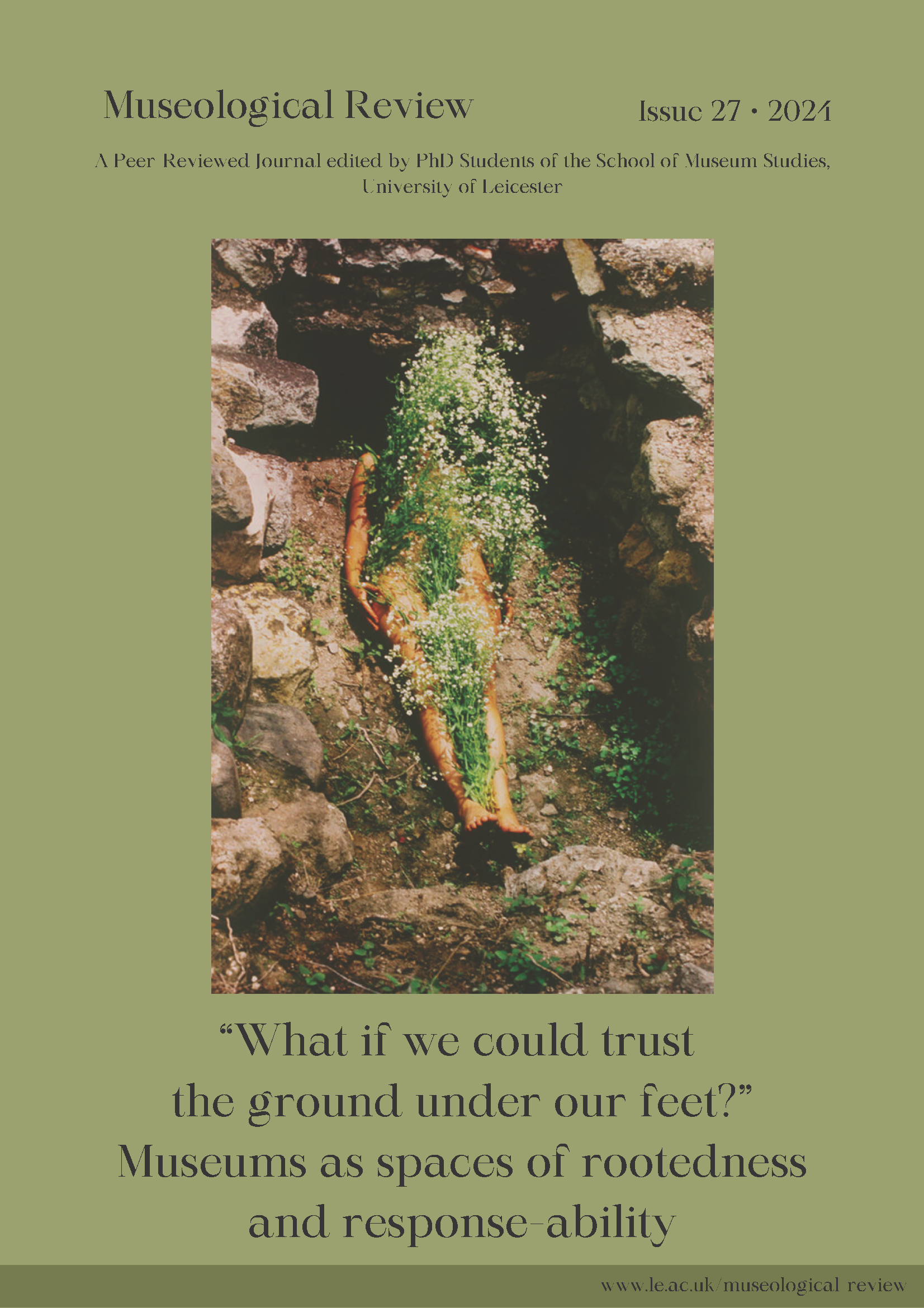Growing, Healing, Knowing, And Sharing: The Community Museum Of Traditional Medicine Of Huancollo, Bolivia Exhibition Review
DOI:
https://doi.org/10.29311/mr.vi27.4885Abstract
The community museum of traditional medicine is in the centre of Huancollo, in the Bolivian Altiplano. The building, a repurposed single large room made of adobe (fig. 1), is next to both the Andin Spa, a health facility for traditional Indigenous remedies, and the community’s meeting building. As an ayllu originario, Huancollo holds a status unique for Indigenous communities(1) in Bolivia, meaning that the community, though dependent on Tiwanaku municipality, practices a form of Aymara government based on rules, procedures and collective responsibilities (Ayllu Originario Huancollo, 2013).
Huancollo’s community museum was created through adhering to the Qhapaq Ñan( 2) network of community museums. Huancollo community museum gives us the opportunity to examine rootedness in three ways. The first are the literal roots, the plants collected and used by the comunarios, the community members, for healing. The second foundational roots are Huancollo’s role resisting the erasure of ancestral knowledge and preserving it through its healers. The third are the interdependent roots through which the museum was created, that is the present-day international heritage sector, and the precolonial roads and communications that have shaped Andin cultures and ecosystems for centuries. By examining the displays in the museum, I will analyse these three roots in the context of Huancollo and its museum.
Downloads
Published
How to Cite
Issue
Section
License
Copyright (c) 2025 Isabel Collazos Gottret

This work is licensed under a Creative Commons Attribution-NonCommercial-NoDerivatives 4.0 International License.




